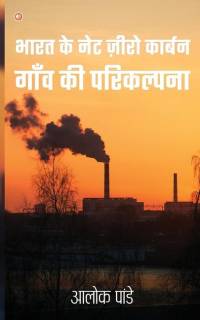Om Guidelines for Net Zero Carbon Villages of India
Evidence shows that our planet has been getting hotter. The warmest 20 years on record have been in the last 22 years according to the World Meteorological Organization and the warmest four were all very recent: 2015 to 2020. Global average temperatures are now 1.2°C (2.16°F) higher than in the pre-industrial era. A degree doesn't sound like a lot, but the reality is that this incremental warming already appears to be having a negative impact. What's more, if recent trends continue, this is set to worsen, with predictions of global temperatures increasing by as much as 2.7°C (4.86°F) by 2100. Even with this tiny rise in global temperatures we are feeling the effects of climate change with erratic weather patterns including heatwaves, floods and severe storms, loss of polar ice, and rising sea levels. This will only get worse if global warming intensifies. Considering this Global Important cause for humanity, Our Honorable Prime Minister Sri Narendra Modi has set Target of 2070 to make India "Net Zero". To make Net Zero India, we need to start from our village and rural part of India. Villages are prime important for us as they are backbone of Indian Economy. The Guidelines given in this book focus on the current situation of the village of India, developing an approach that aims to build upon normative research on climate resilient, energy and resource efficient planning principles to develop tools for the development of net zero carbon village in India.
Visa mer

